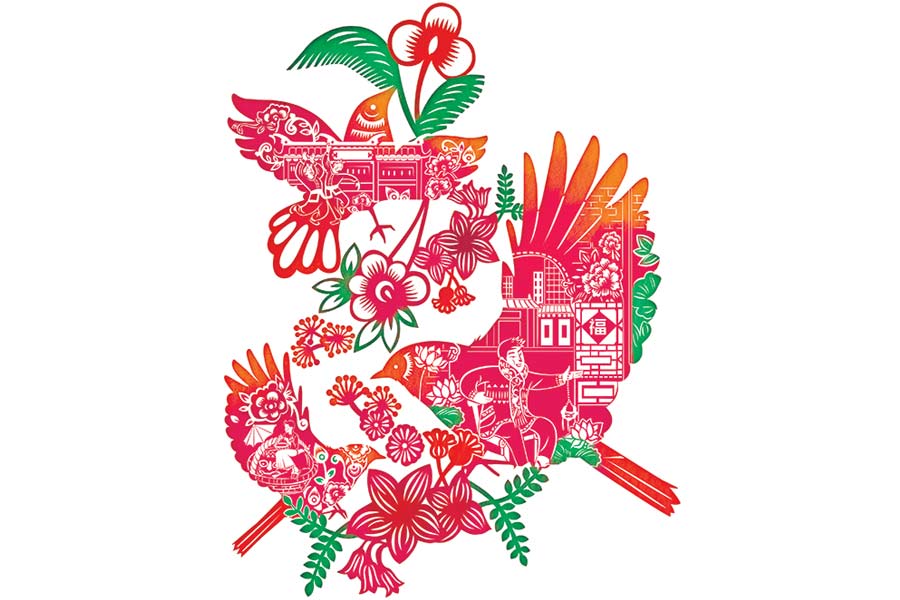Cultural protection achievements of the last five years
Since the 18th National Congress of the Communist Party of China in November 2012, President Xi Jinping has put forward a series of major discourses on promoting the inheritance and innovation of excellent traditional Chinese culture, which shows the Party's strong confidence in traditional Chinese culture and high regard for archaeological work.
In the last five years, cultural heritage conservation has become no longer just the duty of certain government departments, but the responsibility of society as a whole.
The first national survey of movable cultural relics was launched in 2012 and will be completed by 2020, and a database containing identity tags for State-owned artifacts will be established. Let's take a look at what the nation has achieved in protecting Chinese culture during the last five years.
 |
|
[Photo by Shi Yu/China Daily] |
1. Related policies and regulations:
The State Council released Regulation on Museums, which was effective March 20, 2015. The regulation asked museums to properly conserve and manage collections, and laid down specific rules for the establishment, change of management and closure of museums.
In 2015, the Ministry of Culture formulated a job specification on the rescue record of the national-level intangible cultural heritage representative inheritors, as a support to the rescue record of 268 inheritors.
In February 2016, the Ministry of Culture issued a regulation on the blacklisting of "harmful cultural products" in China. The blacklist will target content such as pornography and the "cultural products" include live performances, visual arts, computer games, publications, movies, and TV and radio programs. No application for licenses or permits for blacklisted products will be allowed.
In March of 2016, the State Council issued Guiding Opinions of the State Council on Further Strengthening the Work relating to Cultural Relics, which has made arrangements in implementing responsibility, strengthening protection, expanding utilization and strict enforcement of law.
In October 2016, the State Administration of Cultural Heritage issued a suggestion on promoting the rational utilization of cultural relics, which brings forward many specific measures to make cultural relics come alive. It also announced a notification on strengthening revolutionary-related cultural relics work, which launched a three-year action plan on the maintenance and protection of previous revolutionary sites.
In March 2017, The Plan on Revitalizing China's Traditional Crafts was approved by the State Council, and was drafted by the Ministry of Culture, Ministry of Industry and Information Technology, and Ministry of Finance. The plan aims to inject momentum into the protection of Chinese culture and heritage. It calls for better management of the industry and increased market competitiveness, with substantial improvements to be made by 2020.













